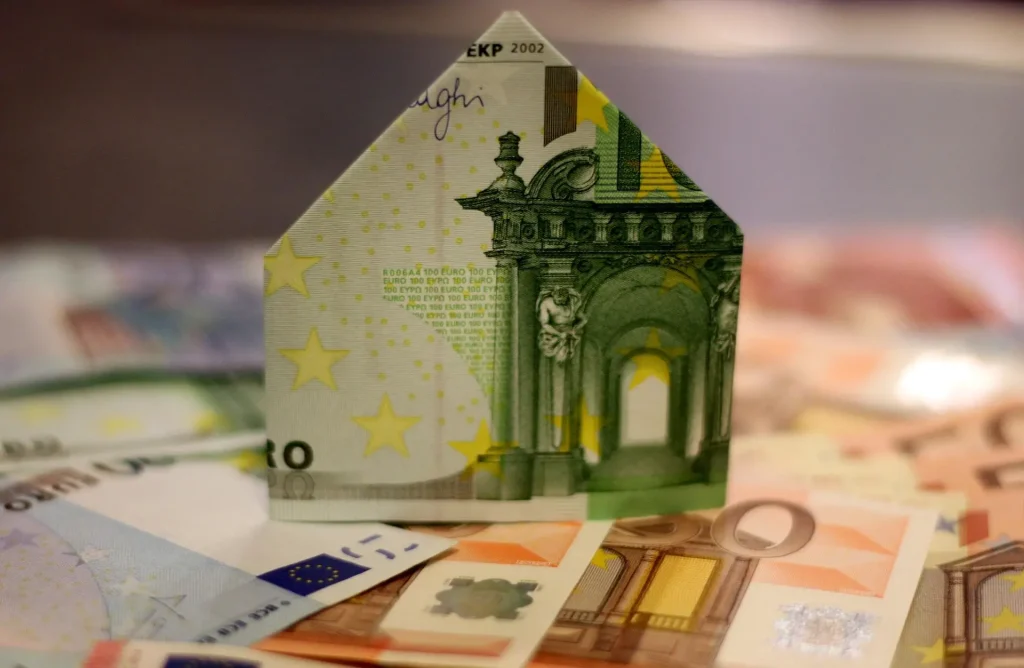As Poslovni Dnevnik/Jadranka Dozan writes, the National Council for the Introduction of the Euro has once again confirmed that all of the current preparatory steps are in line with the plan to switch to the bloc’s single currency on the first day of 2023. Recently, the Croatian National Bank (CNB) finally presented the design of the national side of the one euro coin, which was selected in a repeated tender.
The CNB has already begun preparations for large-scale Croatian euro printing, and according to Governor Boris Vujcic, mass production should start during the month of July. Before that, one million kuna’s worth of test coins will be made by the middle of next month, the central bank says.
By this summer, the ongoing tender for the services of creating and implementing an informative national campaign to replace the kuna with the euro will be concluded. The estimated value of this public procurement stands at a massive 27 million kuna, and half of the campaign costs are being borne by the European Commission (EC).
Currently, no obstacles are being noticed
All in all, in recapitulating the course of preparatory activities from the 15th session of the Council, it was said that everything is going according to the planned deadlines. The Prime Minister recalled that the Croatian Government adopted a report on the action plan back in late March, which confirmed that all reform commitments made upon entering the European Exchange Rate Mechanism ERM II (in July 2020) had now been met by Croatia.
Croatian euro printing aside, the competent ministers responsible for individual areas of measures from the action plan briefly reported on the activities carried out in the area of improving the business environment, managing state-owned enterprises, strengthening the bankruptcy framework and the framework for preventing money laundering.
The new Minister of Economy Davor Filipovic emphasised the administrative relief that will be felt by the domestic economy with an estimated effect of 686 million kuna, as well as 531 million kuna of reduced non-tax and parafiscal benefits. From the judicial department, they primarily emphasised the changes in the bankruptcy law and the improved framework for the work of bankruptcy trustees.
Increased inflation rates, which according to recently updated government projections rose to a concerning 7.8 percent of the annual average this year, do not pose a problem or obstacle in the context of the convergence criteria for the euro, both the government and the CNB are strongly convinced.
Regarding the inflation criterion (up to 1.5 percentage points above the average of the three best performing countries), Governor Boris Vujcic explained that, for a start, this criterion doesn’t refer explicitly to the (three) lowest inflation rates but instead to the best performance.
Imported price pressures
The governor reiterated that the greatest advantage of the euro is shown during financial and other such crises, such as the recent global coronavirus pandemic or the current crisis being caused by the economic consequences of the war in Europe, more precisely in Ukraine.
This, he said, is especially true for small and open economies such as that of Croatia, and the country’s lag over the past decade is the result of a stronger decline in the crisis and a longer recovery period, partly due to Croatia’s then inability to rely on the ECB’s monetary policy. Although inflationary pressures will obviously last longer than expected before the escalation of the war in Ukraine, and imported inflationary pressures may spill over into Croatian prices, the governor underlined that this should not be linked to the introduction of the euro.
People are often afraid of prices being rounded up upon a country’s entry to the Eurozone, but now these effects don’t really seem crucial. In the seven countries that last entered the Eurozone, prices which were a mere 0.2 to 0.4 percentage points higher were recorded.
For more, check out our politics section.












